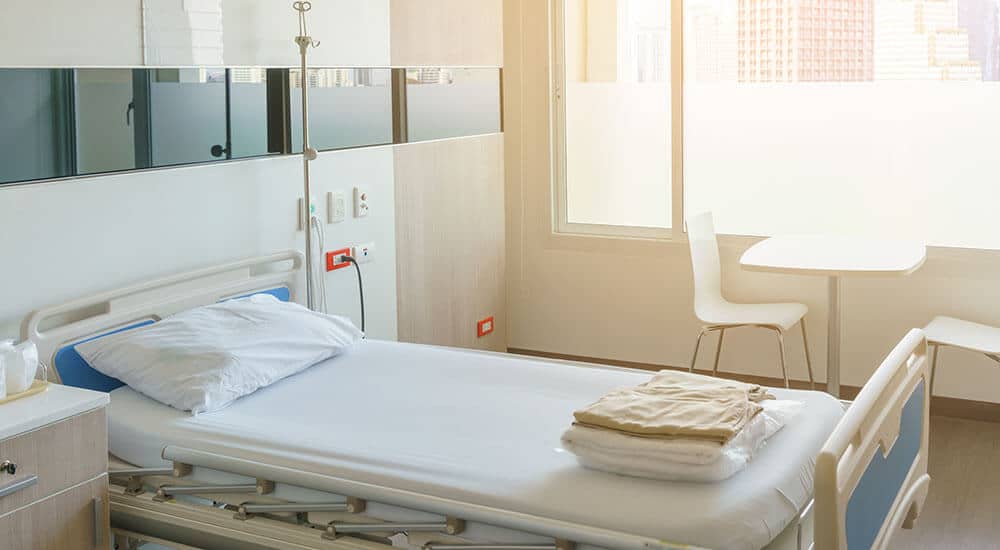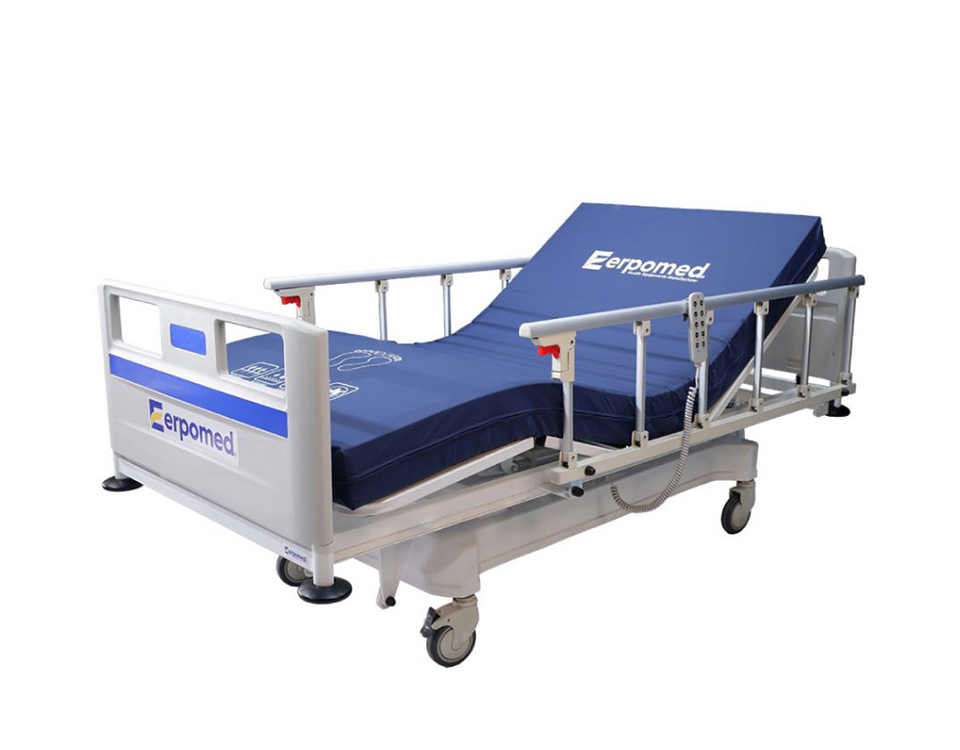9 Easy Facts About Hospital Beds For Home Use Explained
9 Easy Facts About Hospital Beds For Home Use Explained
Blog Article
How Hospital Beds For Home Use can Save You Time, Stress, and Money.
Table of ContentsThe Only Guide to Hospital Beds For Home UseAll about Hospital Beds For Home UseExamine This Report on Hospital Beds For Home UseSome Known Details About Hospital Beds For Home Use All about Hospital Beds For Home UseThe Definitive Guide for Hospital Beds For Home UseHospital Beds For Home Use Can Be Fun For Anyone
There are 3 primary kinds of hospital beds: handbook, semi-electric, and fully-electric. However, even more kinds of clinical beds exist and they are noted below. These beds use hand cranks to readjust the bed's height and raise and lower the head and the foot. Hand cranks are generally found at the foot of the bed and require an individual that is physically efficient in operating.
Semi-electric beds have an electrical motor to increase and lower the head and foot sections of the bed (hospital beds for home use). Full-electric beds have an electrical motor that can raise the head and foot areas of the bed as well as the entire height and positioning of the bed.
The Hospital Beds For Home Use Diaries
There are a number of types of hospital beds, each developed to satisfy particular client requirements. Below are some common types: This is the most usual type of health center bed, made for general clinical usage.
Reduced to the ground than a common bed. This kind of bed is made for bigger patients, with a bigger structure and higher weight capability than a basic bed.
This sort of bed is created for seriously ill people who require open monitoring and specialized clinical tools such as ventilators and mixture pumps. This kind of bed is designed for use throughout labor and shipment, with adjustable placements and functions to sustain the mommy and child during the birth procedure.
Our Hospital Beds For Home Use Diaries
Several function and the devices perform broadening traction to different components of the vertebra and the extremities without relocating the human body. These are simply a couple of examples of the sorts of health center beds offered. The details sort of bed used will depend on the person's problem, clinical requirements, and various other aspects.
Below is things you need to understand. A one-function medical facility bed is a medical bed that permits a patient to move just the head or foot area up or down. A 2 function hospital bed normally refers to a kind of clinical bed that has 2 adjustable functions to help patients in health centers or treatment facilities.

10 Simple Techniques For Hospital Beds For Home Use
A 7-function ICU bed is a kind of clinical bed that gives numerous flexible features to support critically ill patients in an intensive care unit (ICU) (hospital beds for home use). The seven functions usually include: Back-rest adjustment: The back-rest can be gotten used to numerous angles to help the patient rest up or relax easily
Elevation change: The bed can be raised or lowered to make it easier for people to enter and out of bed, and for caregivers to offer care. Trendelenburg placement: The entire bed can be slanted to advertise blood flow and blood circulation in the body. Reverse Trendelenburg placement: The bed can also be slanted in the contrary direction to promote blood flow and flow in the top body.
While even more affordable than electric versions, these beds call for exertion for changes. The primary benefits of hands-on beds are their cost and dependability, as they do not depend on electrical power. Nonetheless, the demand for hand-operated effort can be a constraint in situations where quick adjustments are required or where caregivers face physical challenges.
Not known Facts About Hospital Beds For Home Use
They are well-suited for individuals that call for marginal rearranging for comfort or clinical demands. Semi-electric medical facility beds offer a balance of guidebook and electric controls. The head and foot areas are commonly adjusted with electrical controls, while the elevation is changed manually. These beds give an excellent middle ground between handbook and completely electric choices, supplying simplicity of usage without the full cost of electrical designs.
Semi-electric beds are fit for patients that require modest modifications to the head and foot areas however can manage without regular elevation changes. Recommended Reading This makes them an economical service for those seeking convenience and comfort without the need for constant repositioning. Completely electrical healthcare facility beds feature electric controls for smooth adjustments to the elevation, head, and foot areas.
Specialty medical facility beds, such as ICU beds, long-term treatment beds, and bariatric beds, are thoroughly developed to address particular medical needs. These beds provide tailored look after diverse client groups, improving both results and convenience. In the following areas, we will check out the primary kinds of specialty hospital beds, outlining their specific benefits and applications.
With years of experience in manufacturing electric direct actuators - hospital beds for home use and close cooperation with the health care market, TiMOTION is well-positioned to give trusted healthcare services. Our vertically integrated company manages every action of the production procedure, from layout to actuator setting up, ensuring we supply remarkable worth and personalized options tailored to your specific demands
The Basic Principles Of Hospital Beds For Home Use

For more information about integrating these innovations into your items, contact us today. Further analysis:.
Data is sourced from the Medicare Cost Report.

3 Easy Facts About Hospital Beds For Home Use Described
A health center bed is a bed designed especially for medical functions. It is not just a place for patients to relax, but additionally a platform for clinical operations. Unlike common home beds, hospital beds normally have flexible features, which can promote medical staff to make different changes according to the demands of clients, such as transforming the height, inclination, and support angle of the back and legs of the bed.
Report this page